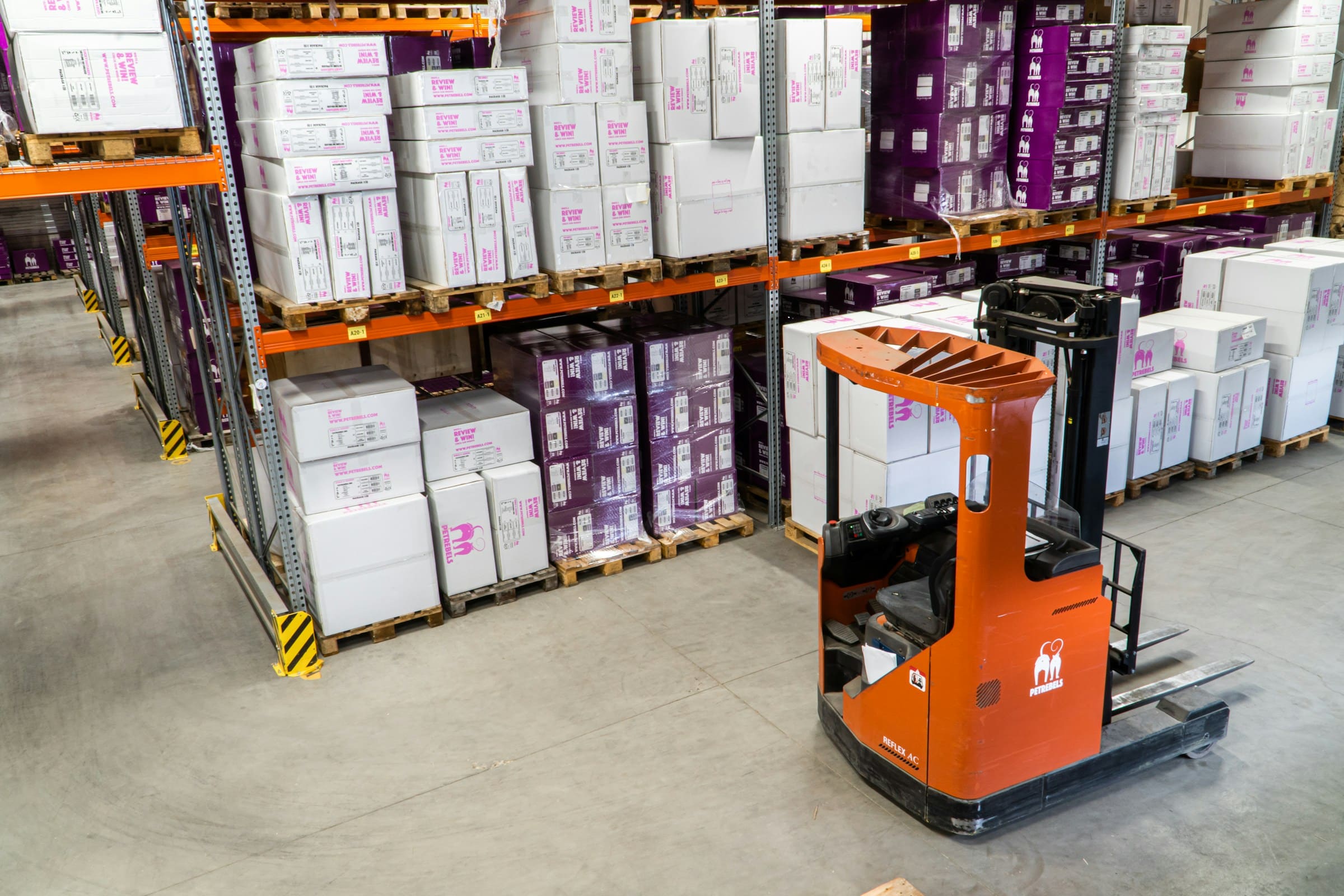In the digital age, warehouses have undergone a transformation. The time and labor-intensive work of picking, sorting, and transporting goods are now managed by robots. Coupled with smart inventory management systems, robotics has revolutionized the way warehouses operate. From automated storage and retrieval systems to robot-operated fulfillment centers, the influence of robots in warehouse operations is undeniable. This article delves into the role of robotics in streamlining warehouse inventory management and enhancing its efficiency.
Robotics in Warehouse Operations
You might wonder, how do robots fit into warehouse operations? The integration of robots into the warehouse environment is more than just a technological upgrade. It’s an operational overhaul that seeks to increase efficiency, reduce errors, and enhance overall productivity.
In the same genre : How Is AI Contributing to More Accurate Predictions of Solar Flares?
Driven by automation, robots in warehouses undertake a variety of tasks, including picking, packing, and transporting goods. They are designed to function seamlessly within the warehousing environment, working in tandem with human operators and existing systems. This synergy between man and machine results in a more streamlined and efficient operation.
One key task they perform is automated picking. Robots equipped with advanced vision systems can identify, pick, and transport goods with precision, eliminating the possibility of human error. They also carry out repetitive tasks, freeing up human employees to focus on more complex and strategic tasks.
Additional reading : Can AI-Based Nutritional Apps Personalize Diet Plans for Optimal Health?
Warehouse Inventory Management System
A transformative component that complements robotics in warehouses is the inventory management system. This technology provides real-time data about the inventory stored in the warehouse, helping the robots to locate and pick goods accurately and quickly.
These systems provide automated data collection, ensuring the availability of accurate and current information. They also assist in monitoring the stock levels, identifying potential stock-outs, and facilitating restocking. This automation reduces the time spent on inventory counts and the likelihood of errors, contributing to more efficient operations.
Moreover, these systems also generate data-driven insights, enabling warehouse managers to make informed decisions about stock management, warehouse layout, and resource allocation. By leveraging this technology, warehouses can achieve optimal efficiency and accuracy in their operations.
The Integration of Robotics and Data
The integration of robotics and data is a significant leap forward in warehouse management. The convergence of these two technologies enables an unprecedented level of precision, speed, and efficiency in warehouse operations.
Robots perform tasks based on predefined programming, but when coupled with real-time data, they become more adaptable and efficient. They can respond to changes in the inventory, the layout of the warehouse, or the demand patterns, ensuring a smooth and uninterrupted flow of goods.
In the world of e-commerce, where rapid fulfillment is critical, the combination of robotics and data has a significant impact. It enables warehouses to process orders faster, reduce lead times, and improve customer satisfaction.
Robotics and Warehouse Efficiency
The incorporation of robotics into warehouses marks a paradigm shift towards greater efficiency. Robots, unlike humans, can work round-the-clock without fatigue. They can perform tasks with consistent speed and accuracy, leading to increased productivity.
Robots also contribute to a safer work environment. They can take over dangerous or physically demanding tasks, reducing the risk of work-related injuries. In addition, they can operate in environments that may be hazardous to humans, such as areas with high temperatures or hazardous materials.
Furthermore, robots can greatly enhance the scalability of warehouse operations. They can be quickly deployed or reprogrammed to handle increased demand, making it easier for warehouses to respond to seasonal fluctuations or sudden changes in market demand.
It’s clear to see the advantages of integrating robotics into warehouse inventory management. From streamlining tasks to enhancing operational efficiency, the influence of robotics is transforming warehousing as we know it. As advancements in technology continue to unfold, the role of robotics in warehouses will undoubtedly continue to evolve, further reshaping the landscape of warehouse operations.
The Future of Warehouse Operations with Robotics
As we look ahead, there’s no denying the role warehouse robotics will play in shaping the future of warehouse operations. The potential of robotic systems in enhancing inventory management and order fulfillment cannot be overstated.
Autonomous mobile robots and automated guided vehicles are becoming increasingly sophisticated, capable of navigating complex warehouse layouts with ease. Their ability to quickly adapt to changing environments and workloads is revolutionizing the logistics industry. They perform tasks with unparalleled precision and speed, reducing the margin of error and increasing operational efficiency.
Additionally, the integration of machine learning and data analytics into robotic systems has opened up new opportunities for warehouse automation. Robots can now learn from their actions, improving the way they carry out tasks over time. They can analyze vast amounts of data to predict trends, optimize workflows, and make real-time adjustments to their operations. This ability to self-learn and adapt is a game-changer for warehouses, empowering them to stay ahead in the competitive market.
Moreover, as automated warehouses become the norm, the role of human workers is shifting. They are moving from manual tasks to overseeing and managing the robotic systems, ensuring they function optimally. This shift not only boosts productivity but also improves job satisfaction and safety for human workers.
Realizing the Benefits of Robotics in Warehouses
The integration of robotics into warehouses is more than just a trend; it’s a strategic move that delivers tangible benefits to businesses and customers alike. These benefits extend beyond improved operational efficiency to enhanced customer satisfaction and sustainability.
With faster order fulfillment made possible by robotic systems, businesses can ensure their customers receive their orders promptly. This speed and reliability inevitably boost customer satisfaction, helping businesses retain their customers and attract new ones.
Moreover, robots can also contribute towards a more sustainable supply chain. By reducing waste and improving resource efficiency, robotic systems can help businesses minimize their environmental footprint. They also reduce the need for physical storage space, leading to more efficient use of resources.
In conclusion, the role of robotics in warehouse inventory management is significant and far-reaching. As technology advances, we can expect to see more sophisticated robotic systems, further streamlining warehouse operations and elevating the standards of customer service. The future of warehousing is undoubtedly robotic, and businesses that embrace this technology will be better equipped to thrive in the digital age.











